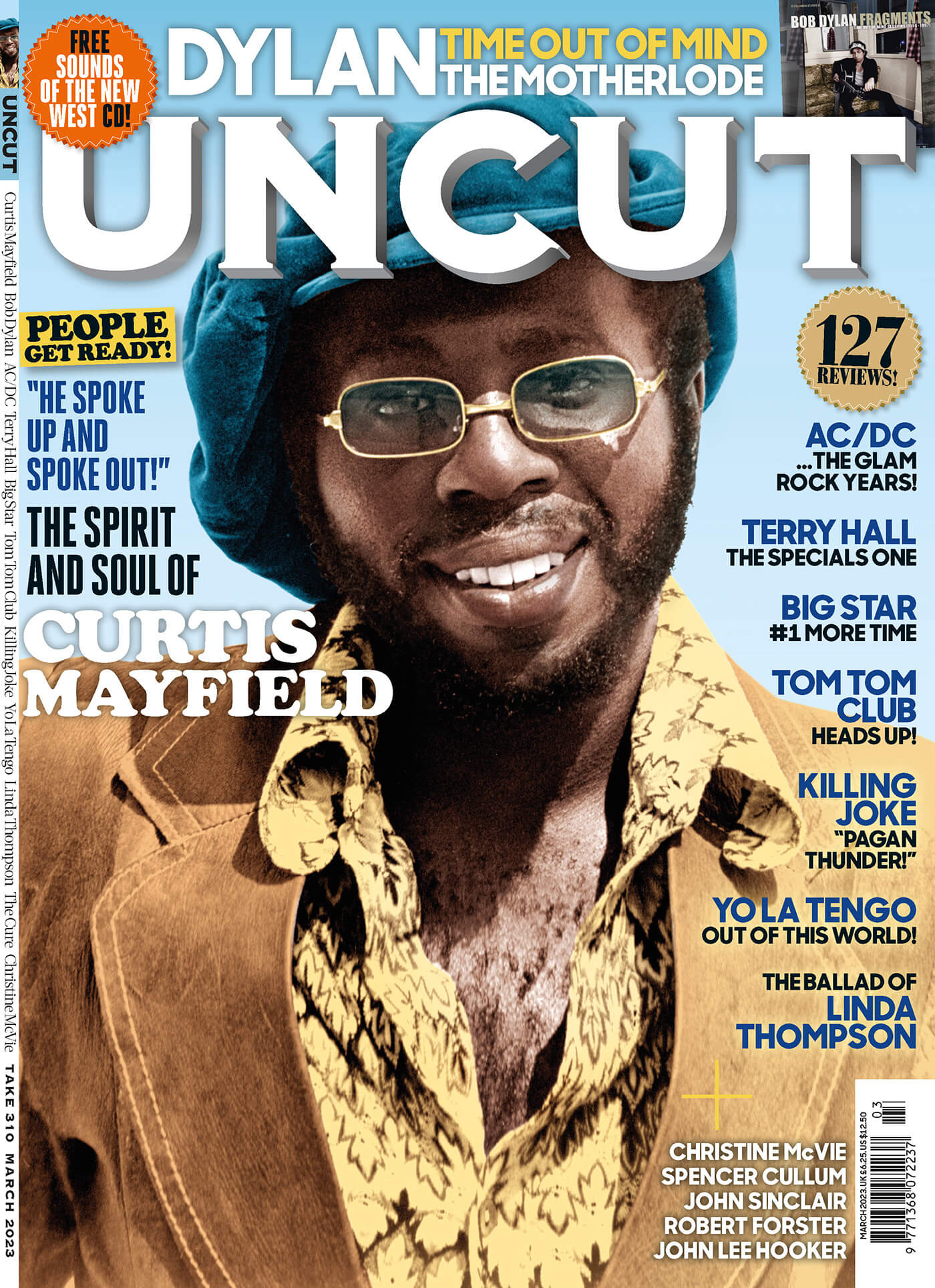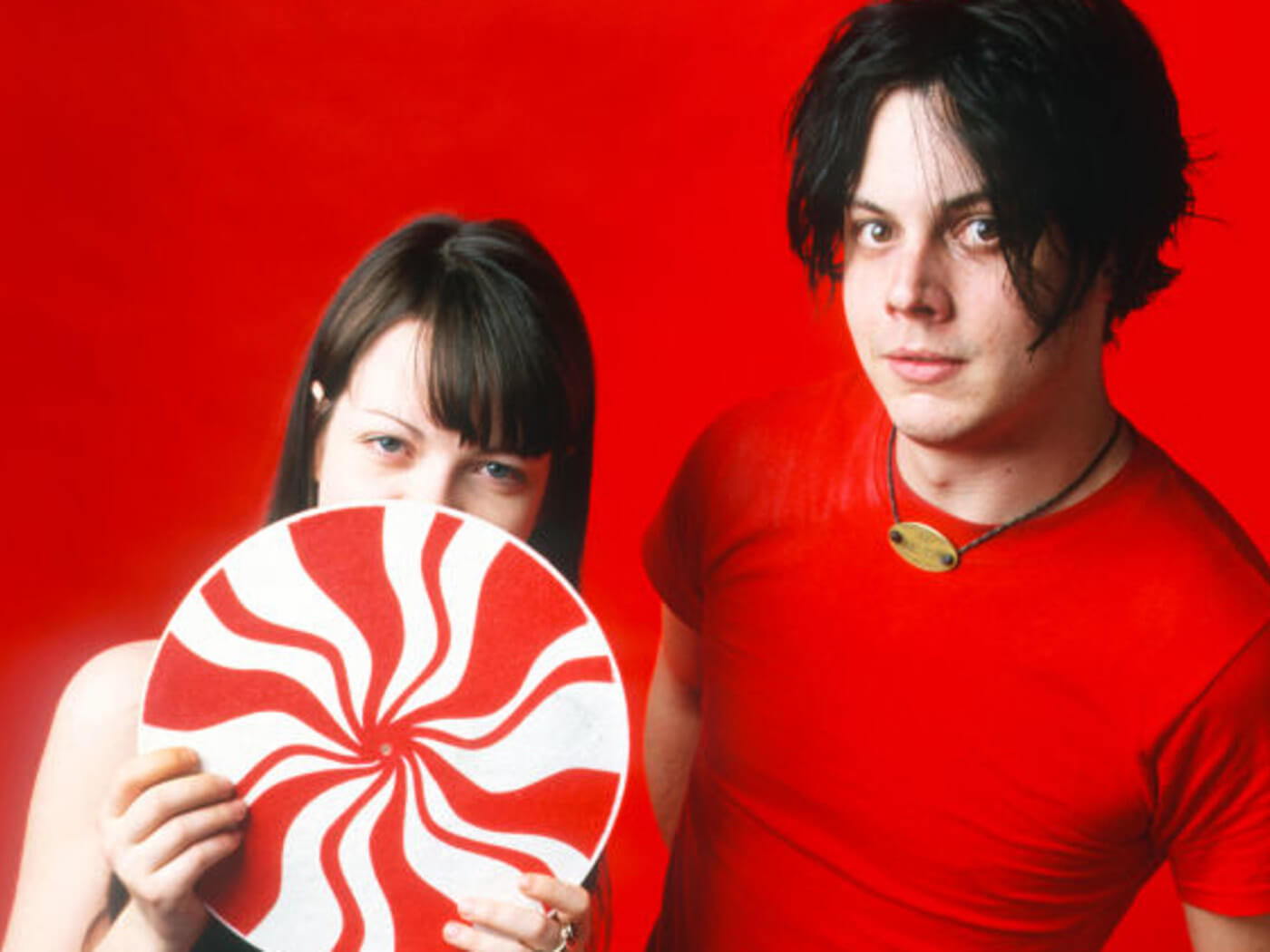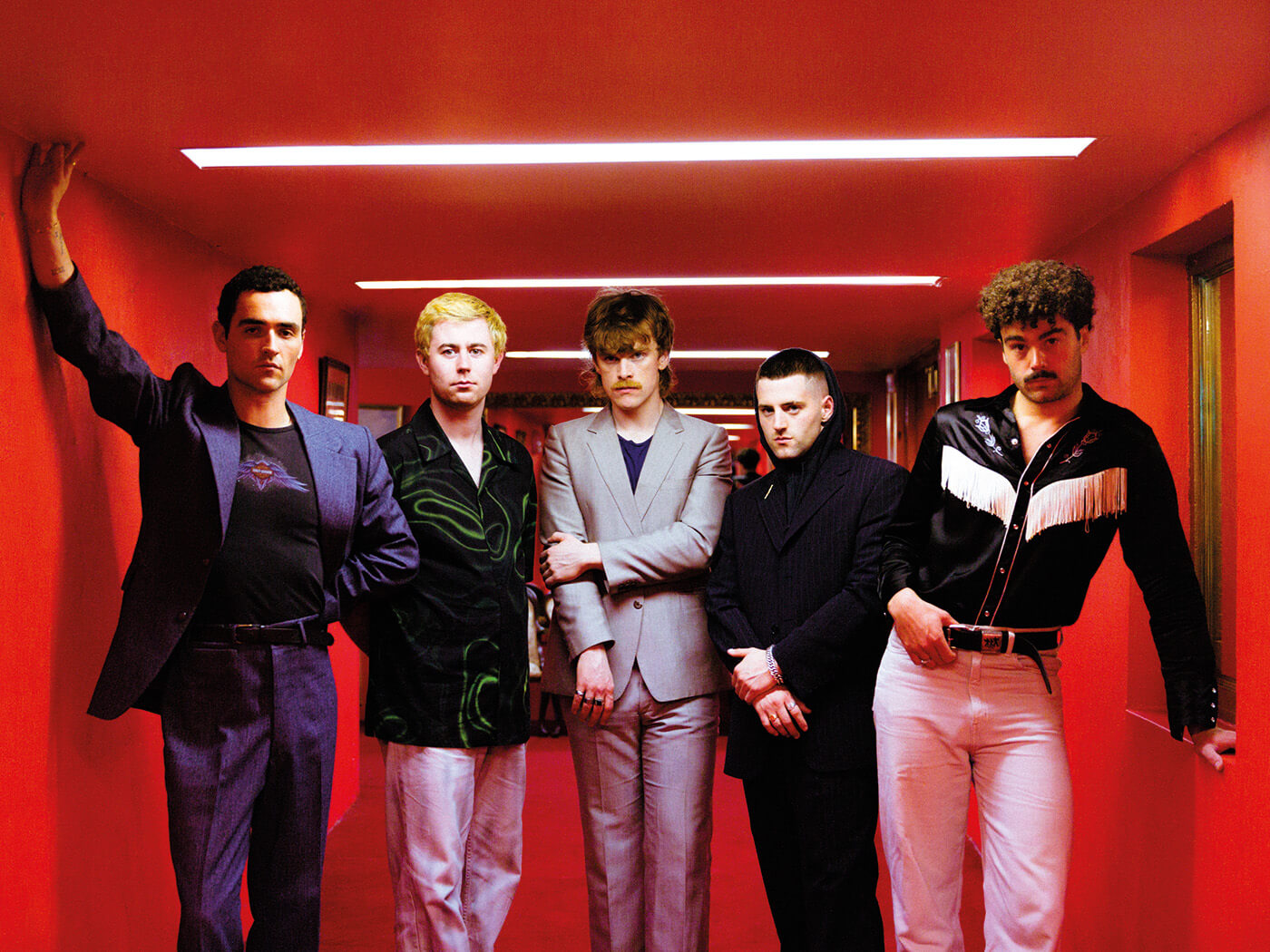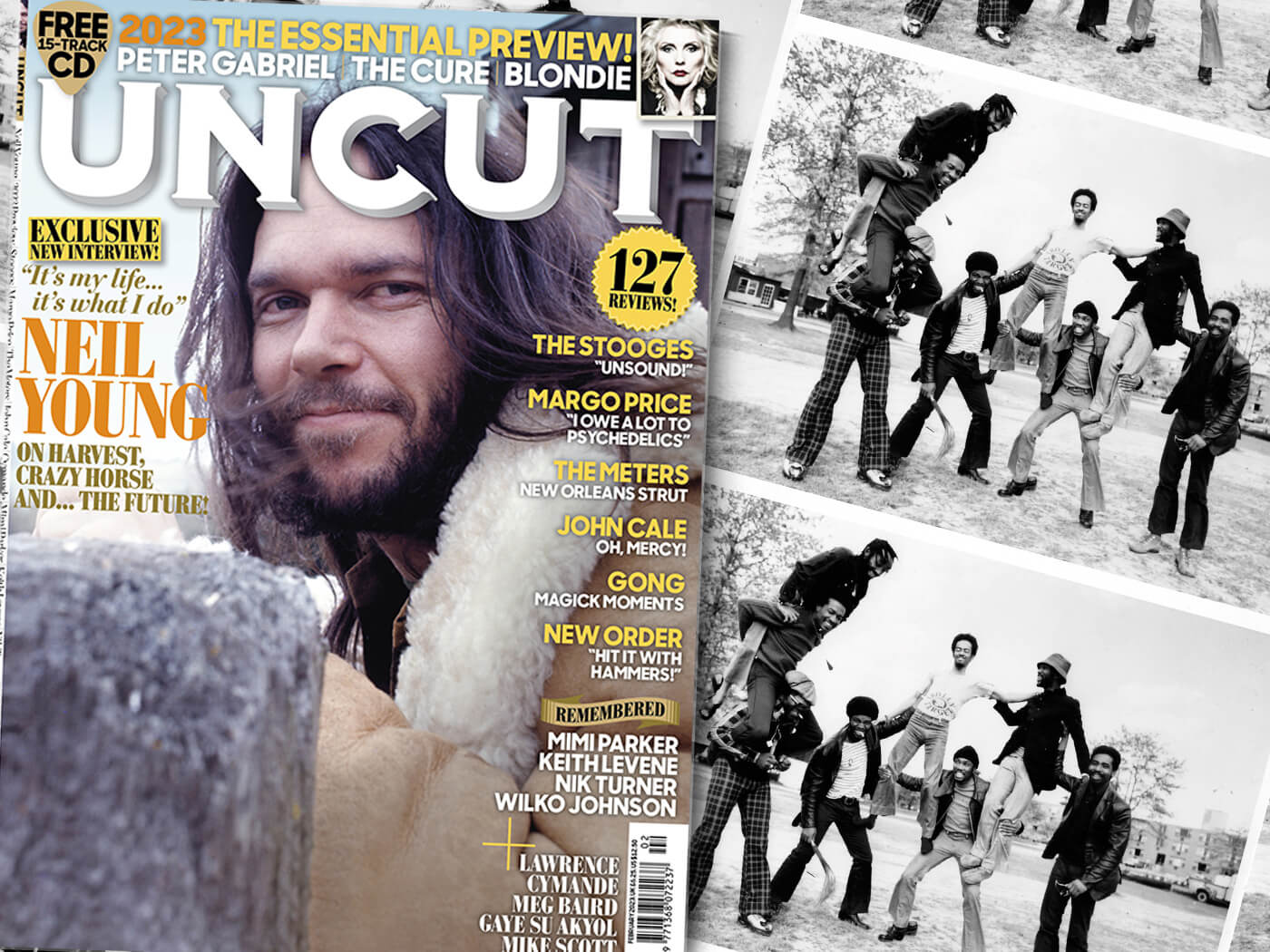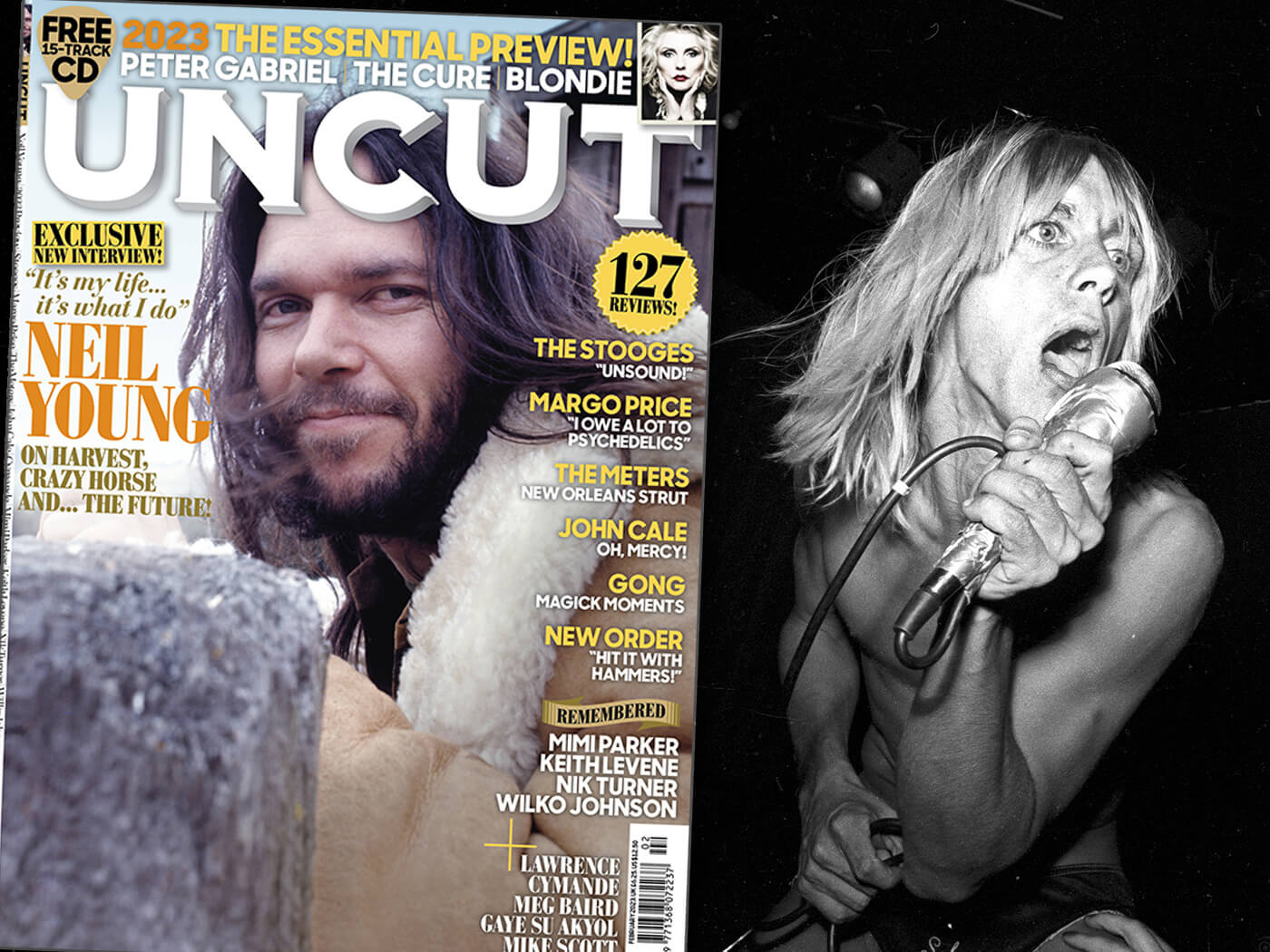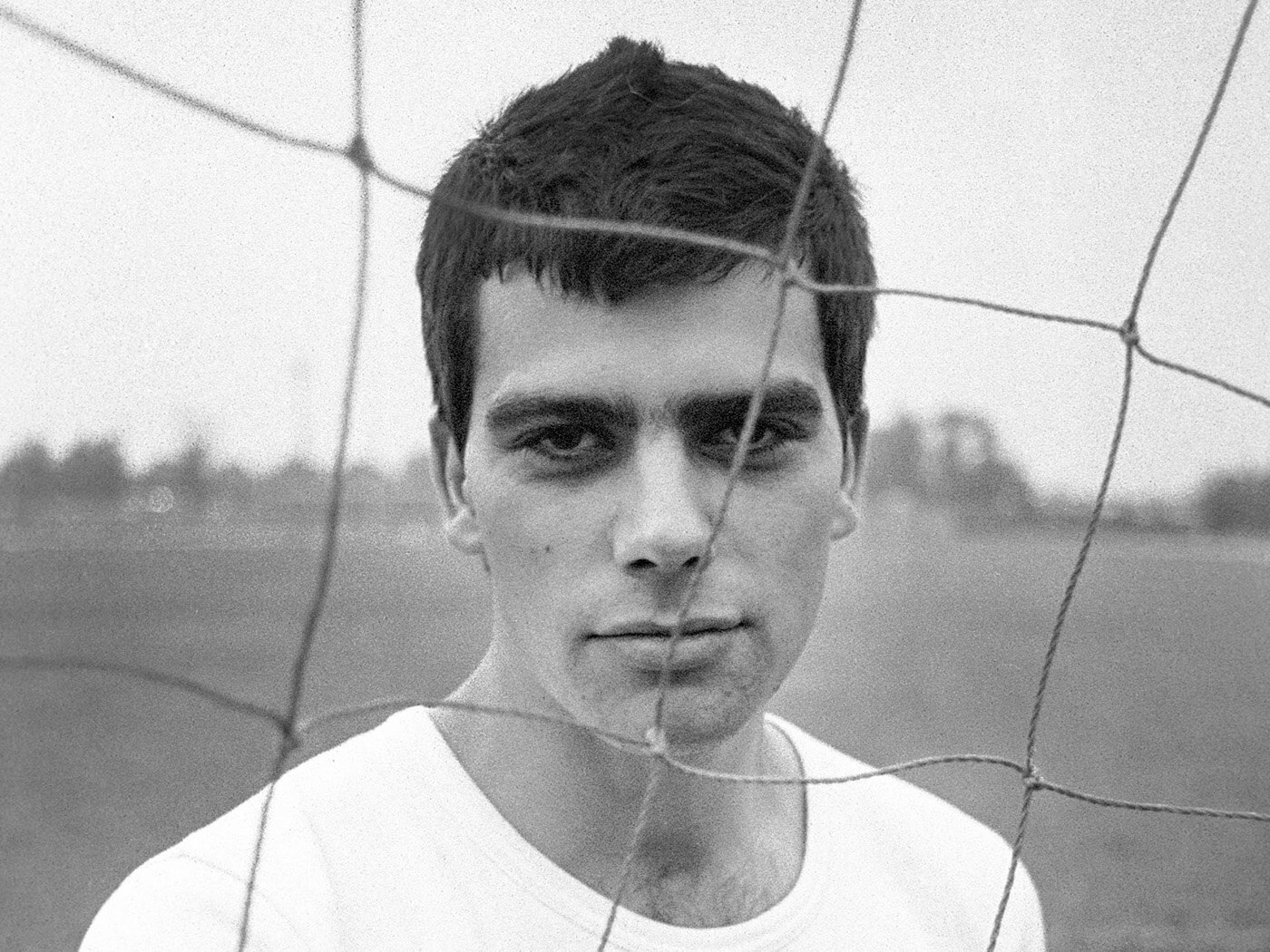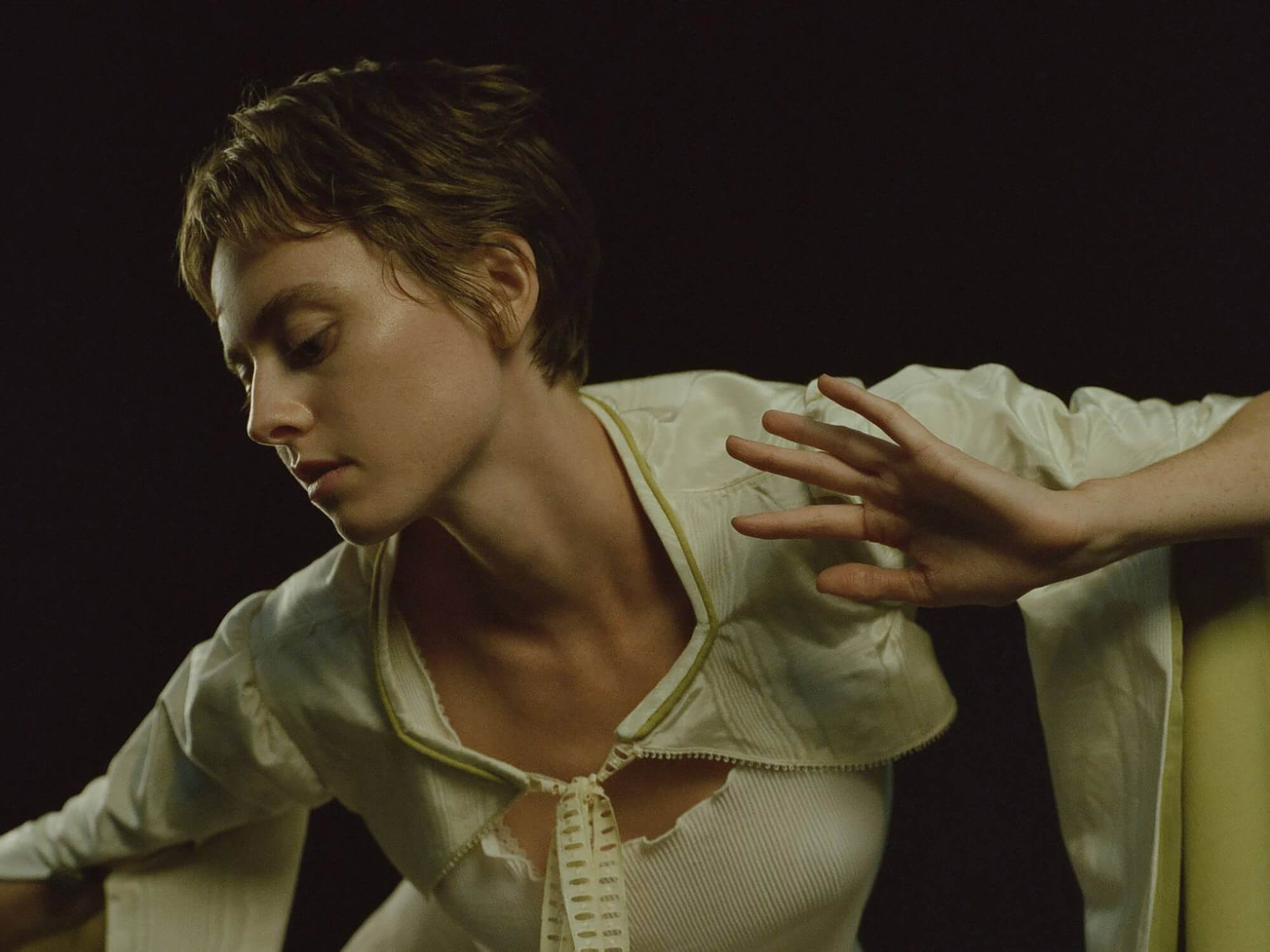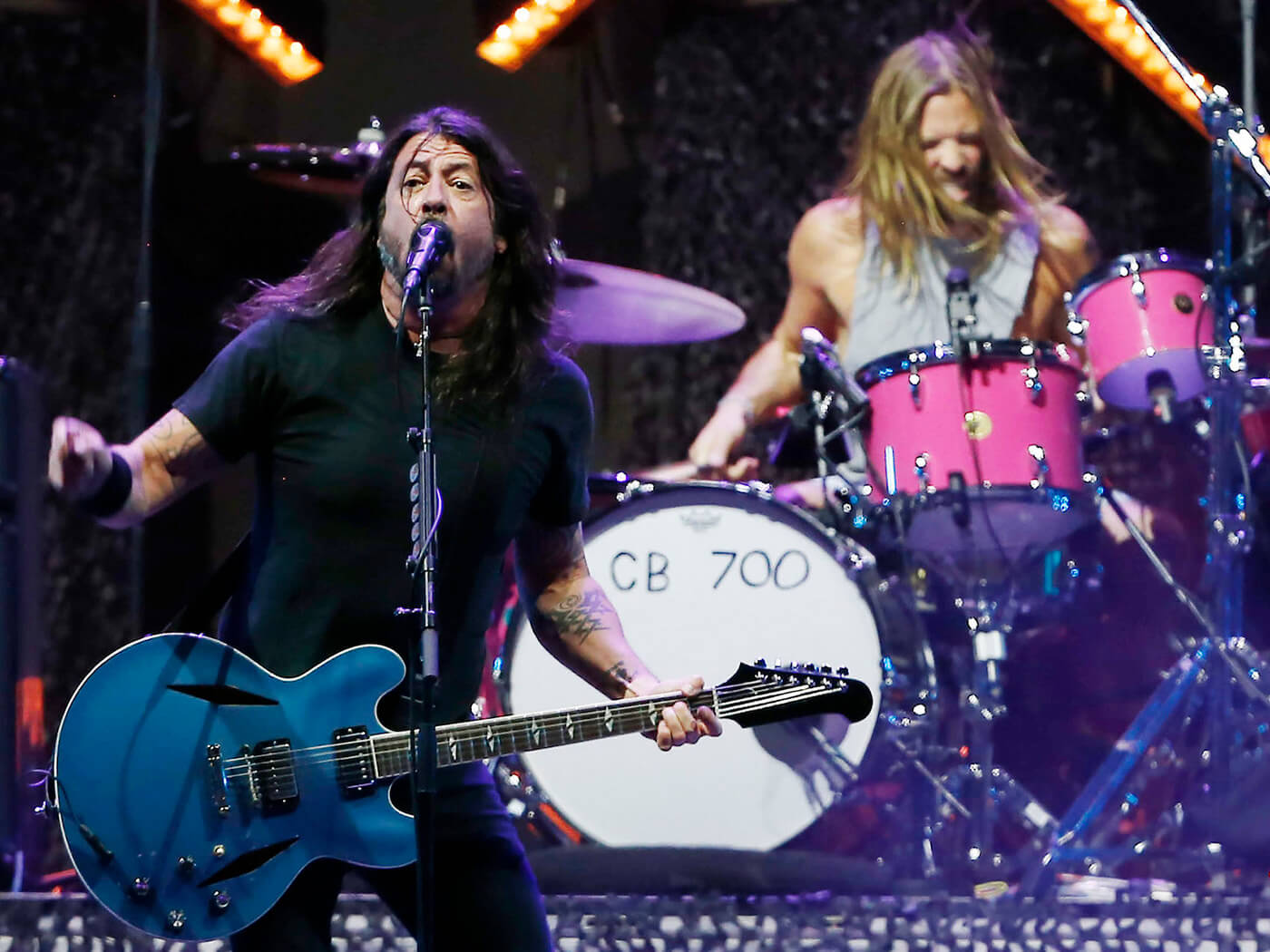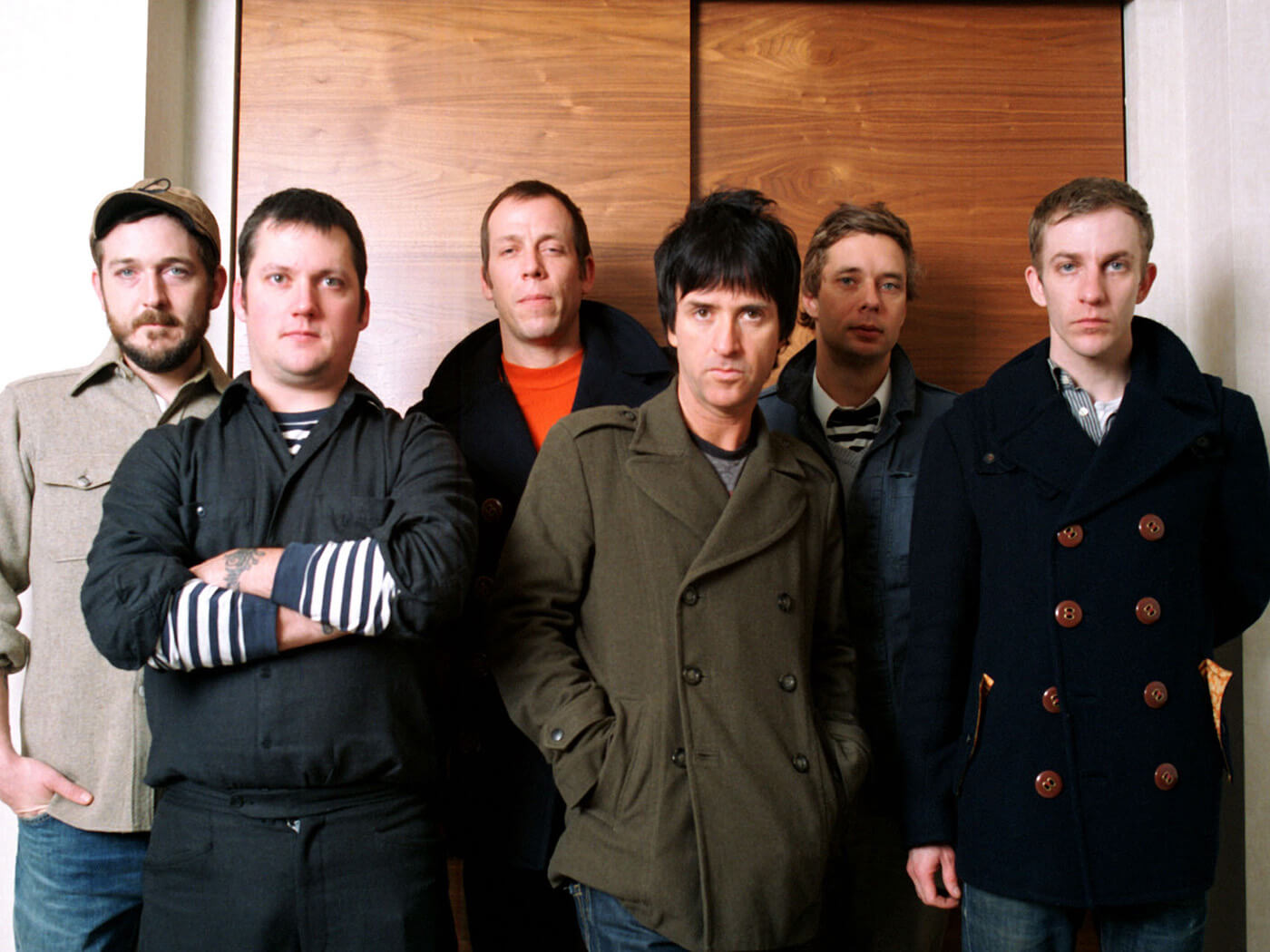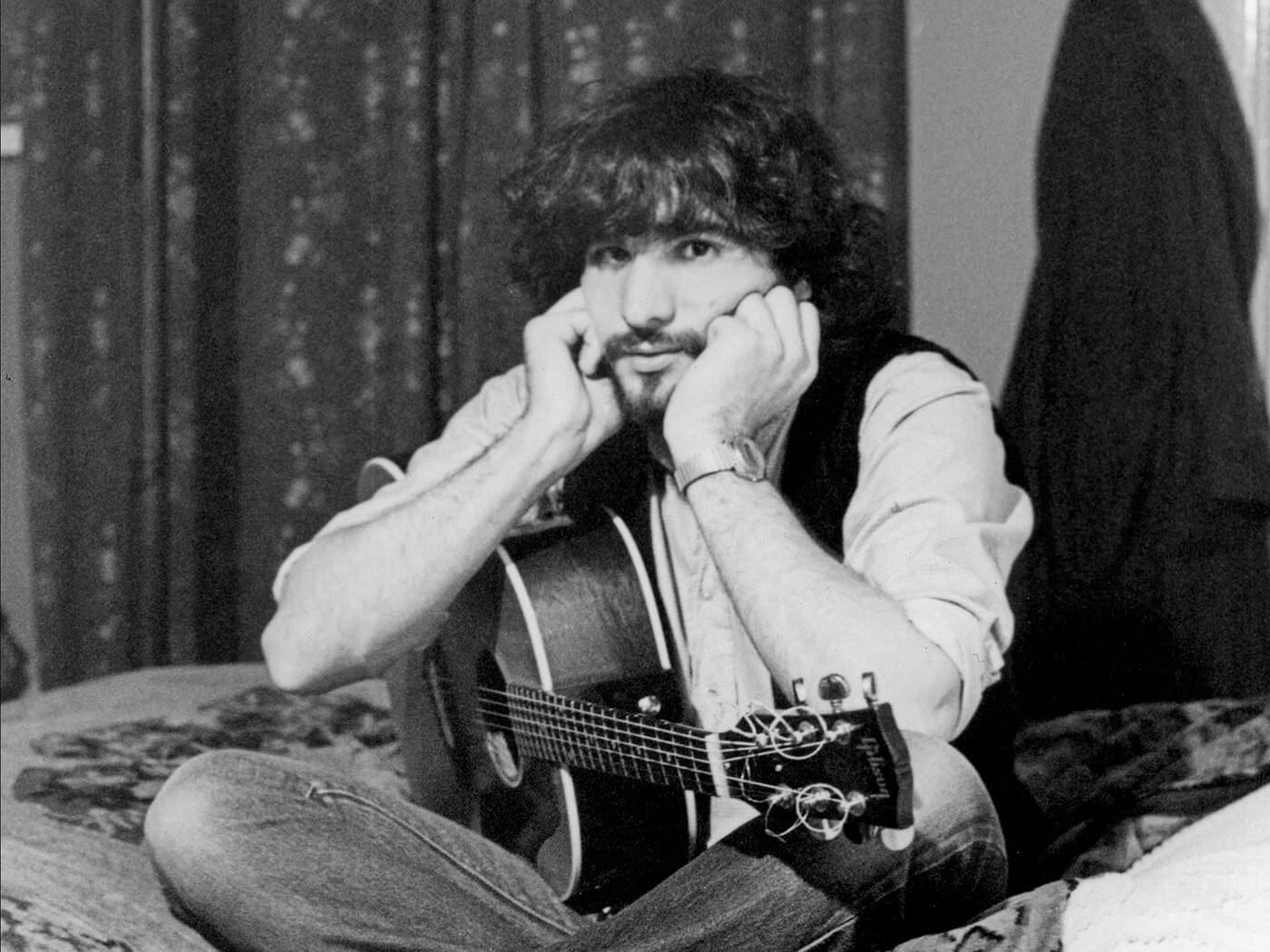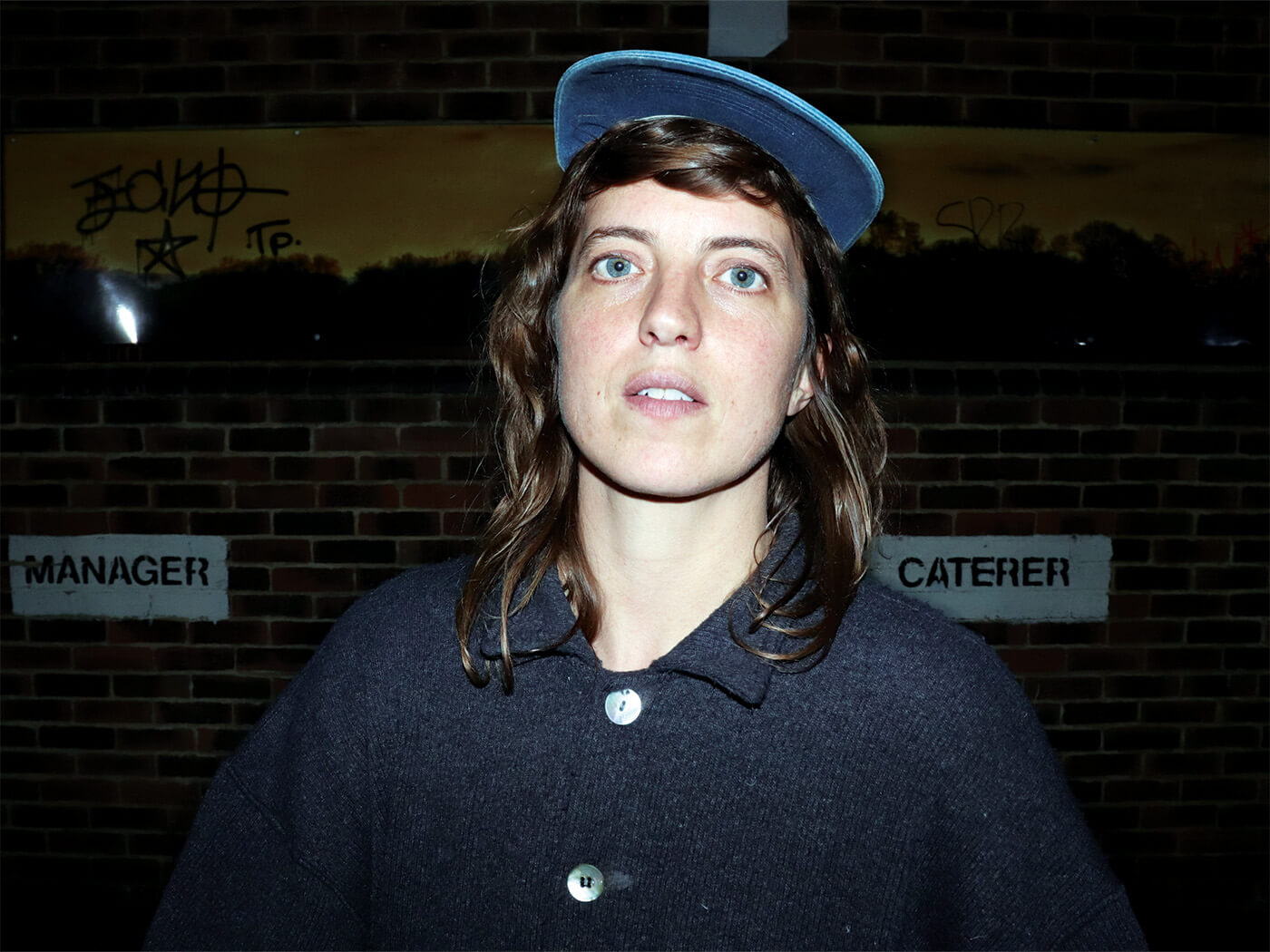HAVE A COPY SENT STRAIGHT TO YOUR HOME Curtis Mayfield, AC/DC, Yo La Tengo, Tom Tom Club, Spencer Cullum, John Sinclair, Killing Joke, Linda Thompson, Laraaji, The Necks and Mogwai all feature in the new Uncut, dated March 2023 and in UK shops from January 12 or available to buy online now. Thi...
HAVE A COPY SENT STRAIGHT TO YOUR HOME
Curtis Mayfield, AC/DC, Yo La Tengo, Tom Tom Club, Spencer Cullum, John Sinclair, Killing Joke, Linda Thompson, Laraaji, The Necks and Mogwai all feature in the new Uncut, dated March 2023 and in UK shops from January 12 or available to buy online now. This issue comes with an exclusive free 15-track CD of the month’s best new music.
CURTIS MAYFIELD: Sixty years on from The Impressions’ pioneering debut album, Uncut salutes the gentle genius of Curtis Mayfield. Friends, family and famous fans – including Paul Weller, Nile Rodgers, Kurt Wagner, PP Arnold, Brittany Howard, Jim James and Courtney Marie Andrews – join us to celebrate the soul superstar’s finest moments as band leader, solo artist, songwriter, producer, guitarist and label manager. Stand by for music filled with righteous anger, spirituality and a profound desire to tell hard truths with depth, empathy and humanity. “It’s one classic after another,” hears Graeme Thomson
OUR FREE CD! SOUNDS OF THE NEW WEST VOL 6: 15 tracks of the month’s best new music
This issue of Uncut is available to buy by clicking here – with FREE delivery to the UK and reduced delivery charges for the rest of the world.
Inside the issue, you’ll find:
AC/DC: IT’S A LONG WAY TO THE TOP …if you want to be the biggest hard rock band in the world. With AC/DC on the point of their 50th anniversary, Uncut charts their first steps. You join us in Sydney, Australia, where a major 1960s pop star is signing up new talent: including his younger brothers. From their dabblings in glam, to their first classic lineup, we learn how AC/DC’s audaciously simple sound was hewn from the rock, and their true leader emerged. “Malcolm had no ego,” one former member tells John Robinson. “He knew what he wanted. He wanted a great band.”
YO LA TENGO: Start spreading the news… The epic adventures of Yo La Tengo continue with This Stupid World – “an energetic record” that finds New Jersey’s most enduring cult band giving renewed prominence to big, loud guitars. Jason Anderson visits the band in their studio to learn how Sinatra (Frank and Frank Jr), surveillance and sandwiches have informed this latest marvellous step forward in their lengthy history. “We just try to do what’s inside of us.”
SPENCER CULLUM: From Romford to East Nashville, Spencer Cullum has taken a peripatetic journey from pedal steel to pastoral psychedelia. Tom Pinnock hears how secret societies devoted to the Grateful Dead, “krautrock wormholes” and sojourns accompanying country superstars in Las Vegas have propelled this sonic upstart into bold new directions. “It’s more about gradually trying to find my identity…”
TOM TOM CLUB: In 1981, Tina Weymouth and Chris Frantz proved that they were far more than just the rhythm section of Talking Heads. Decamping to Compass Point studios in The Bahamas, they formed Tom Tom Club, the casually mould-breaking musical collective whose good vibrations are still being felt today. Sam Richards tunes in for colourful tales of island life, French schoolyard rhymes, lost James Brown sessions and a famished Ian Dury. “It was so fun to have this wonderful karmic spirit,” says Weymouth. “It felt like angels were coming.”
JOHN SINCLAIR:The renegade jazz poet and one-time MC5 manager on John Lennon, surviving jail and why he’s still kicking out the jams
KILLING JOKE: The making of “Wardance”.
LINDA THOMPSON: The folk-rock luminary charts the bright lights and shadows of a stellar career.
LARAAJI: Newly unearthed recordings and a 1970s gem are collected on a four-disc motherlode of zithery bliss.
CLICK TO GET THE NEW UNCUT DELIVERED TO YOUR DOOR
In our expansive reviews section, we take a look at new records from The Necks, Robert Forster, Lisa O’Neill, Joe Henry and more, and archival releases from Laraaji, John Lee Hooker, Mogwai, and others. We catch the The Cure live; among the films, DVDs and TV programmes reviewed are Enys Men, Nostalgia, Eo, More Than Ever and January; while in books there’s Adam Levy and David Jacks.
Our front section, meanwhile, features Terry Hall, Christine McVie, Moldy Peaches, Celtic Connections, while, at the end of the magazine, Anton Newcombe shares his life in music.
You can pick up a copy of Uncut in the usual places, where open. But otherwise, readers all over the world can order a copy from here.


